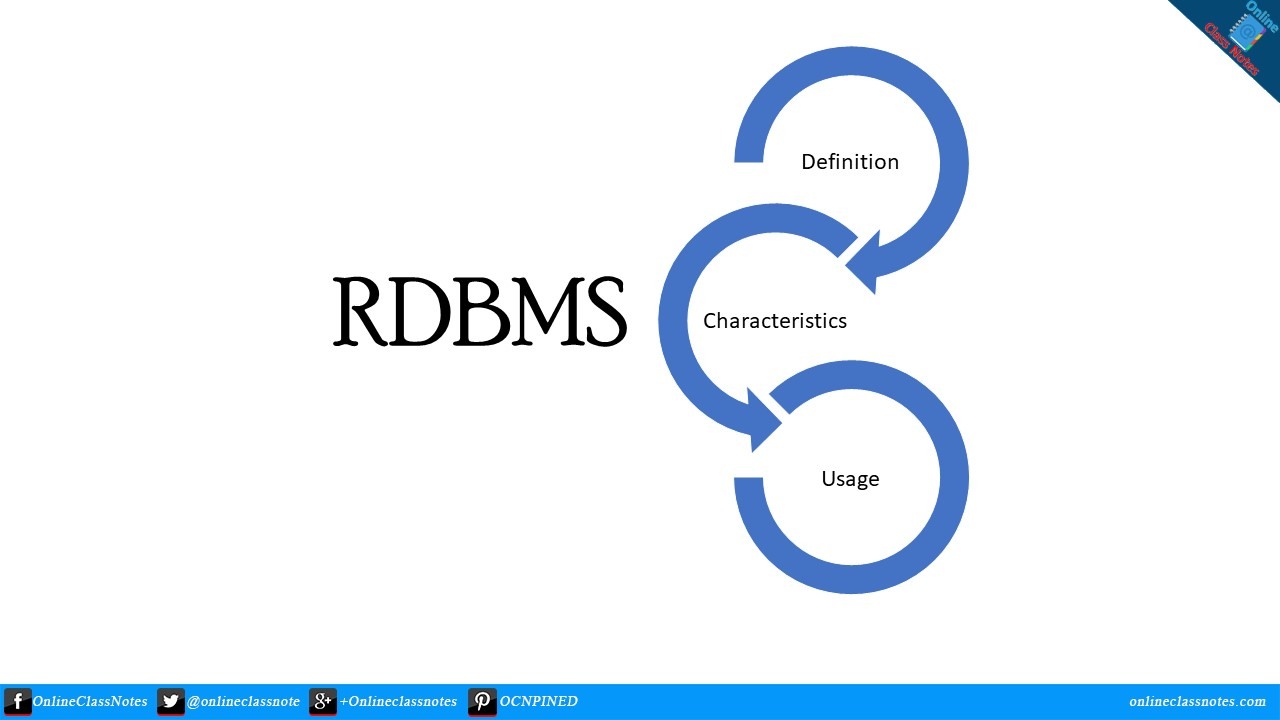RDBMS
A database management system is a software consisting of several programs. That is, the software that uses the database management system to store the records in different tables / files and through querying the relationship between multiple databases is called relational database management system. It consists of several interrelated files. This management system is used for database creation, control, maintenance etc.
The relational database model is the foundation of modern database technology. Edgar Codd first introduced relational database systems in 1970. He founded his introduced database on the basis of excellent mathematical formulas.
There are three aspects of data in the relational database model. Namely,
- Data Structure
- Data Integrity
- Data Manipulation
10 Characteristics of RDBMS
- Data entry can be done easily by creating tables.
- Data entry can be controlled with the help of data validation.
- Arithmetic operations can be performed on numeric data.
- Easily develop application software/programs.
- Based on the data, the required charts or graphs can be created, and interesting reports can be created by adding images.
- Users can easily exchange information from one database to another database.
- User can find the required information very easily.
- Easily create and print reports and labels in various formats.
- Use the graphical facilities (Object linking and embedding) of Windows to integrate graphics into reports and create graphical data entry forms.
- Data can be easily imported from other programs and relationships can be established with files from other programs.
10 Usages of RDBMS
- In the case of record keeping of officers and employees working in various institutions
- For maintaining records of patients in hospitals
- In respect of air license ticketing and scheduling of flights
- In the case of keeping accounts of customers in banks and insurance
- For maintaining personnel records in large organizations
- In the case of railway, air ticketing and train scheduling
- Population data storage and research and survey work
- In the case of purchase and sale, profit and loss accounting of an organization.
- In business and electronic commerce
- Student Information System in Educational Institutions
